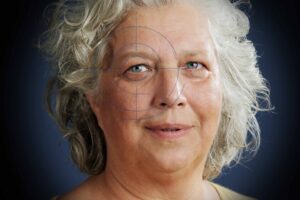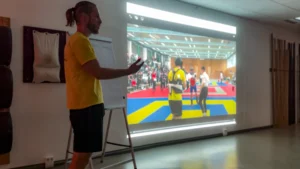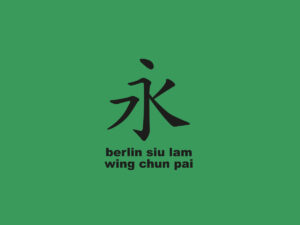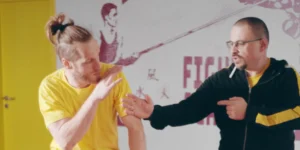The exact location of the Southern Shaolin Temple is unclear, but the temple is said to have been in the province of Fujian or Guangdong. At that time, there were many Buddhist temples and almost every temple had one or more martial arts halls.
According to legend, five monks escaped when the southern Shaolin Temple was destroyed. One of them was the abbot, Zen Master Zi Sin.
He hid in various places and taught his martial art to different people. The aim was to teach people martial arts and thus to support the resistance against the Qing dynasty. Therefore, self-defense skills had to be taught as quickly as possible.
The sources of Siu Lam Wing Chun can be traced back to places in Guangdong province. Zi Sin was often only in one place for a few months before he had to move on. During his stays, Zi Sin taught Loeng Bok Lau in Dongguan and Yeung Tim in Foshan, among others. On the boat of a Guangdong opera group, he taught Wong Waa Bou and Loeng Ji Dai. In Qingyuan, he hid in the Buddhist Feilai Temple and taught Tang Bun and Tang Zau. In Guangxi, he taught Jim Ji Gung. Later, when he passed by Guangxi Babai Mountain, he taught another disciple in Longcheng, whose name was Long.
Whether the name of the Zen master was Zi Sin accurately, and whether these oral history was always about one and the same monk, all remains unclear due to the lack of documented evidence.





